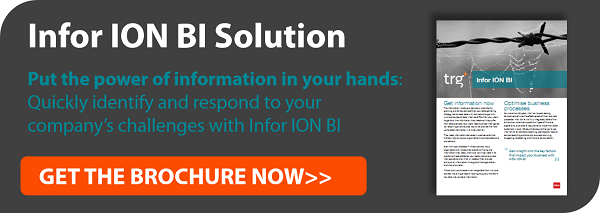Companies today are deploying an increasing amount of systems to support various business functions – accounting software, CRM, asset management system, etc. The downside though is that those systems are not always capable of “talking” to each other, especially if they are from different vendors.
Running multiple, disjointed systems can have negative impacts on the enterprises’ productivity, even if each single system is operating effectively. The two major impacts are:
Fragmented information
Users are provided with inconsistent, or even contradicting, information that hinders the accuracy and timeliness of decision making. For instance, when the inventory management system and the accounting system are unconnected, senior executives lack complete and up-to-date information when making purchasing or budgeting decisions.
Operational silos
In most cases, a system primarily serves one particular business function – finance, production, sales, etc. A lot of business processes, on the other hand, are interdepartmental. This makes automated workflows much harder to achieve.
These silos often result in a heap of emails back and forth among departments or data being manually transferred from one system to another. Either is highly time-consuming and often error-prone.

How middleware can help
One of the solutions is to deploy middleware as a connective structure that couples together disparate systems. Information is no longer siloed but flows more freely across systems. Interdepartmental processes can be automated more easily, which consequently will result in improved productivity and lowered costs.
Middleware is actually a type of software that plays the role of an integration platform and enables other software applications to “communicate” with each other using a common language.
An advanced middleware application should be able to allow systems to operate as a unified whole and to remain independent at the same time. So an application can be upgraded, replaced, or taken down while other systems are still available.
An enterprise can benefit from deploying middleware in 4 different ways.
1. Access to real-time information
Whenever there is a change (an ‘event’) in any system – adding a new prospect to the CRM, updating a production order in the manufacturing management system – middleware sends out information (‘messages’) in real-time to other systems to keep all users across the enterprise updated.
The number of messages handled by a middleware application can be enormous. Ferrari, for instance, on its busiest day can have up to 160,000 messages sent back and forth among systems to support its V6 engine production line.
Senior executives are also better positioned to make the decisions that are timelier and more effective when they are provided with the right information at the right time.
2. Streamline business processes
When information flows seamlessly across all silos, automated workflows and alerts are easily created and exception management is significantly improved.
3. Lowered IT costs
An advanced middleware application makes upgrades and integrations far less time-consuming because each system uses one single connection point only. And the IT department involvement in business process changes is also minimised.
3. Platform for other technologies
Because middleware enables a free flow of information, it creates a platform for further implementation of other advanced technologies like analytics, enterprise collaboration, mobile, and cloud computing.
For further information about what a next-generation middleware application can do, please refer to the 2-minute video clip of Infor ION overview or download an Infor ION brochure.
Related video
 English
English  Vietnamese
Vietnamese 

